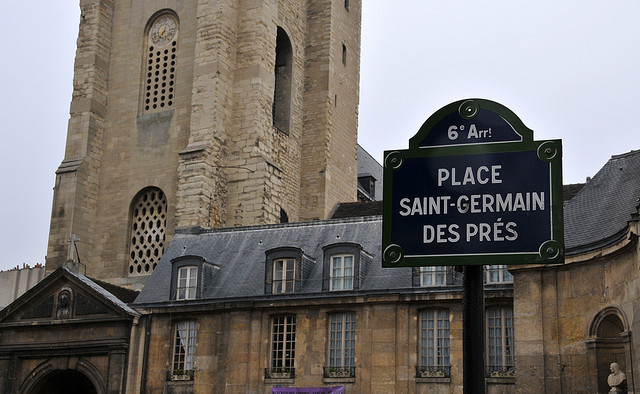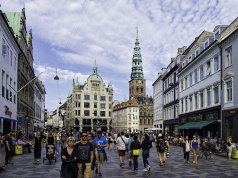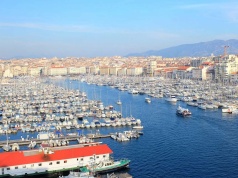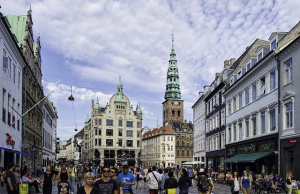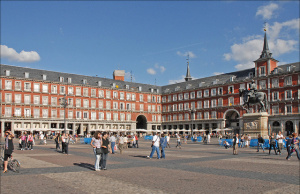A visit to Paris wouldn’t be complete without strolling through the neighborhood of St-Germain-des-Prés. Lined with upscale galleries, small boutiques and an endless amount of absolutely delicious restaurants and sidewalk cafes; you can see why this area is sometimes considered one of the most classic Parisian neighborhoods.
Located very centrally, St-Germain-des-Prés is simple to find. It lines the Left Bank of the Seine, and sprawls southwards towards the Jardin du Luxembourg. The main streets of this area are Boulevard St-Germain, Rue de Seine, Rue de Rennes and Rue Bonaparte. The magic of this neighborhood lies, however, down the smaller, winding streets that jut off these main routes. There, you can discover some of the best that Paris has to offer.
Historically, St-Germain-des-Prés was located around the church of the former Abbey of Saint-Germain-des-Prés, which foundations date back to the third century AD, though the church standing today dates back to 1163. This is considered the official “center” of the neighborhood and it is still possible to visit inside of the church, which is considered the oldest in Paris.
After World War II, St-Germain became the local hangout and meeting point for the creatives, with names such as Picasso, Sarte, De Beauvoir, Beckett and Charles Gainsbourg spending their time there.
One of the most famous sites of the area, the Musée d’Orsay, was opened in 1986 and holds the largest collection of painting, sculpture and decorative objects produced between 1848 and 1914. It gives the visitor an in-depth look at pieces from the early modern era with works in many styles by artists such as Ingres, Delacroix, Monet, Degas, Manet, Gaugin, Toulouse-Lautrec, and Van Gogh. The museum tends to draw big crowds, so it is recommended to go early, book ahead of time or go on Thursday evening when it is open until 9:45 p.m. It is also closed on Monday.
Another highlight of the neighborhood is the Jardin du Luxembourg (Luxembourg Gardens).
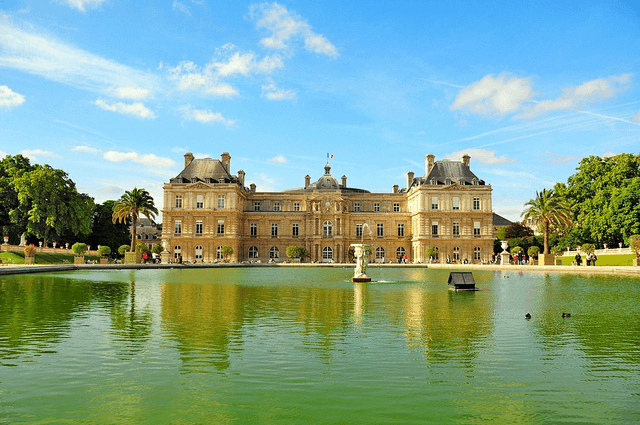
The gardens, as well as the palace upon which they border, are from when the Italian monarch Marie de Medicis lived there during the Renaissance period. Today, the elegant gardens are best to visit in spring and summer, when the flowers are in full bloom. You can find people picnicking, enjoying the sun and even jogging on the perimeter trail.
Of course, any mention of the neighborhood St-Gemain-des-Prés wouldn’t be complete without talking about the endless choices of delicious Parisian food offered there. While over time, the area has become much more touristic, illustrated by the souvenir shops and food options from all over the world, there are still many original Parisian cafes and restaurants that in no way will disappoint.
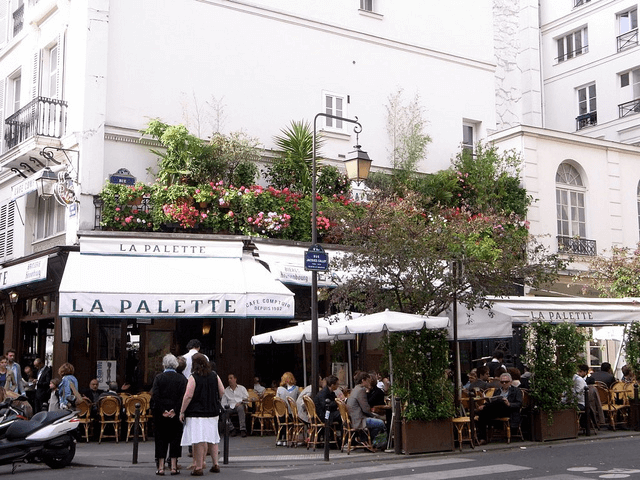
Some of the most famous are Les Deux Magots and Café de Flore, which are still a highly recommended stopping point along your trip, at least for a coffee to sit and watch the beautiful people walk by. We had the pleasure of going to La Palette, a modern-day take on the French bistro. It was on a smaller, side road, which made it much less touristy. We all shared a plate of charcuterie (meats) and cheeses with a bottle of Rosé and some of the most delicious, mouthwatering bread I’ve ever eaten.
Featured image courtesy of Serge Melki via Flickr.


